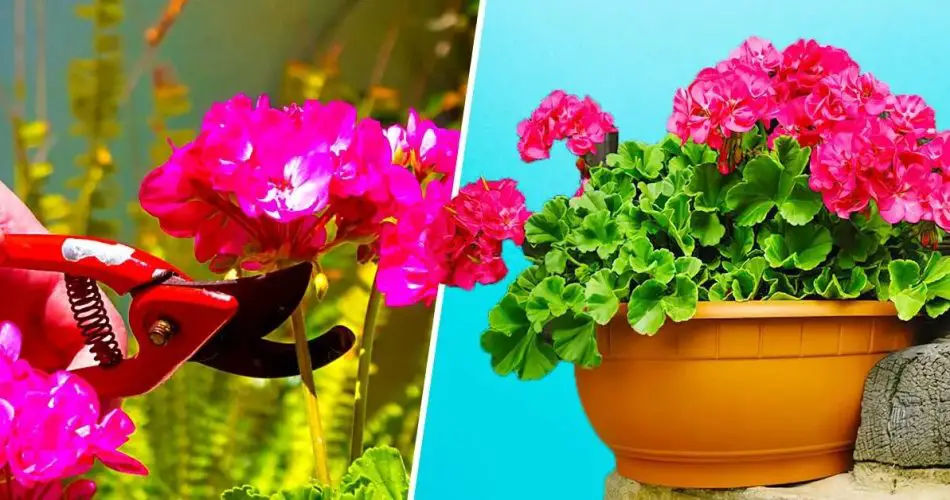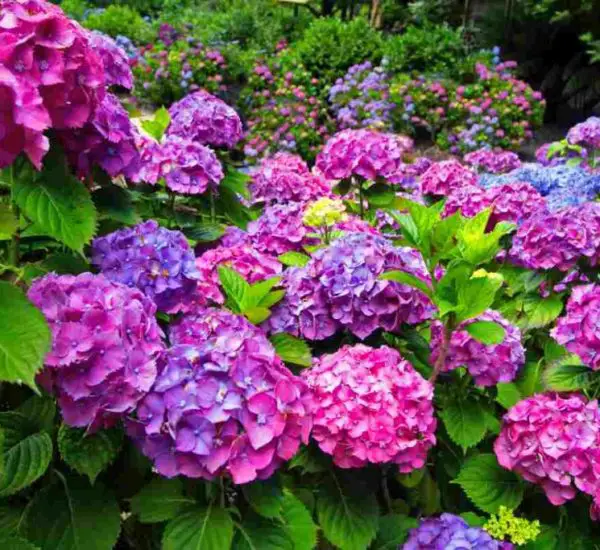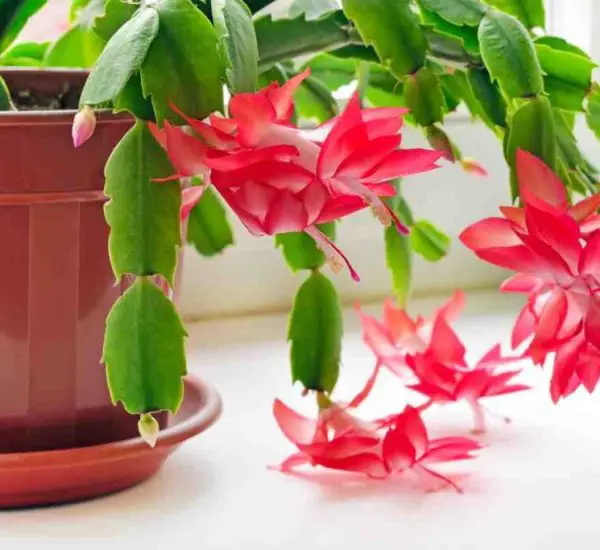Geraniums are vibrant, flowering plants from the Geraniaceae family, known for their beautiful and fragrant flowers in shades of red, pink, purple, or blue. Whether planted in tubs, planters, or directly in the ground, geraniums are a favorite choice for enhancing gardens, terraces, and balconies. However, to ensure spectacular flowering and maintain their health, it is essential to prune geraniums at the right time and in the right way. Discover the best practices for pruning your geraniums to encourage vigorous growth and abundant blooms.
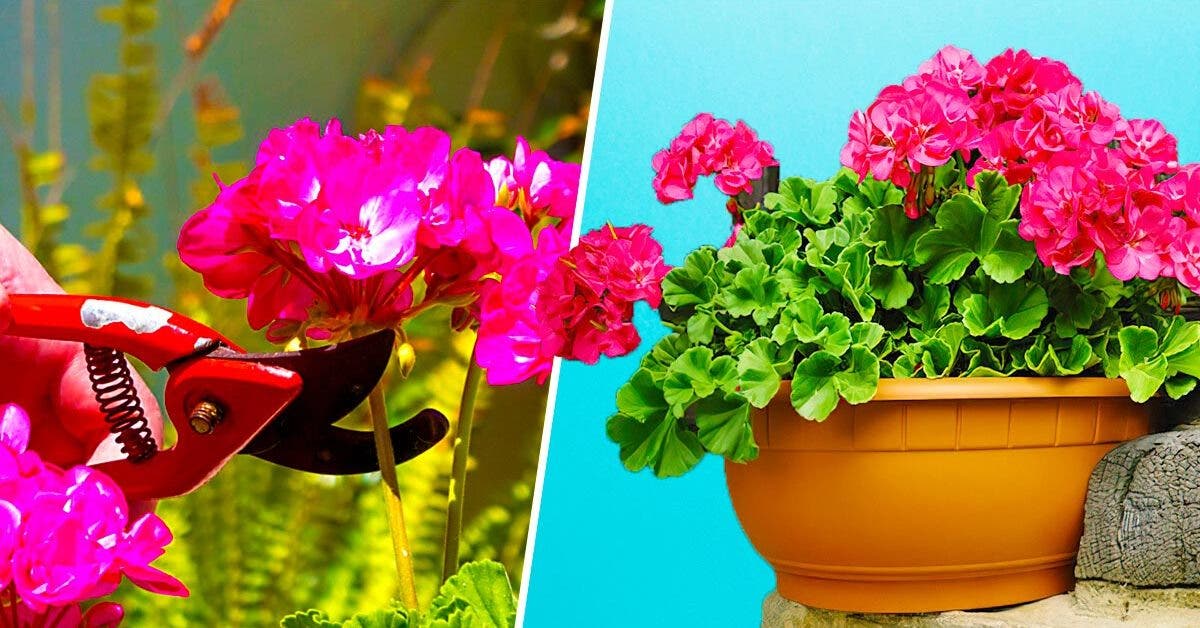
When Should You Prune Geraniums?
Knowing when to prune is just as important as knowing how to prune. Here are the ideal times to tackle this essential task:
- When You First Buy Them: After purchasing geraniums, it’s a good idea to prune them to help them maintain a round, bushy shape as they grow. However, if you prefer their natural shape, this step is optional.
- Before Winter: As winter approaches, pruning helps protect the plant during colder months and encourages fresh growth in the spring. If you live in a region where the ground freezes, it’s essential to dig up geraniums planted in the ground and move them to pots for indoor care.
- Early Spring: In early spring, prune long, etiolated branches that have grown during the winter. This will allow the geranium to focus its energy on producing new shoots and flowers as the weather warms up.
The Correct Method for Pruning Geraniums
Pruning geraniums correctly will promote healthier plants and better flowering. Here’s how to prune them step-by-step:
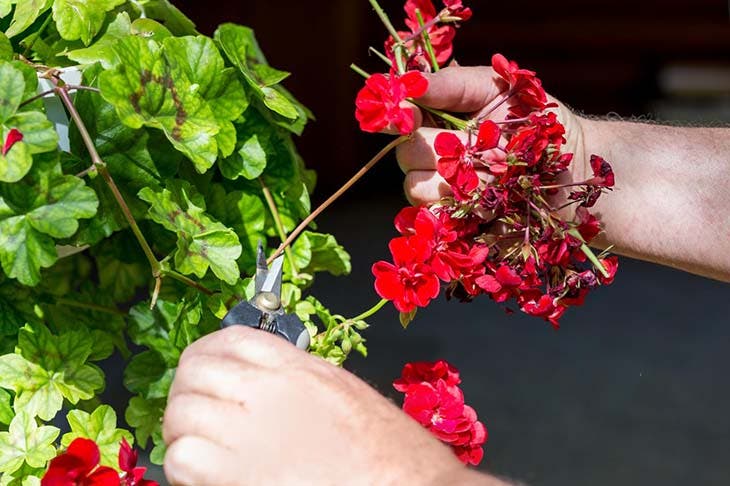
- Examine the Plant: Before starting, take a close look at your geranium to identify which areas need pruning. Look for dead, etiolated branches (those with little to no leaves) and faded flowers.
- Remove Faded Flowers: Using sharp, disinfected pruning shears, cut away any faded flowers. This encourages the production of fresh blooms and clears space for new growth.
- Remove Dead Leaves: Cut off any dead or yellowing leaves. This will prevent the plant from wasting energy on dying parts and encourage healthier, more vigorous foliage. Remember, it’s better to cut away dead leaves rather than trying to revive them.
- Prune Healthy Stems: Even healthy stems can be pruned to stimulate new growth. Don’t hesitate to cut back stems at their base to encourage the production of new shoots and flowers.
- Trim Long, Leafless Branches: If you find long branches with few leaves, trim them to about 5 mm above their node. These cuttings can be kept and replanted to propagate new geraniums.
How to Care for Geraniums
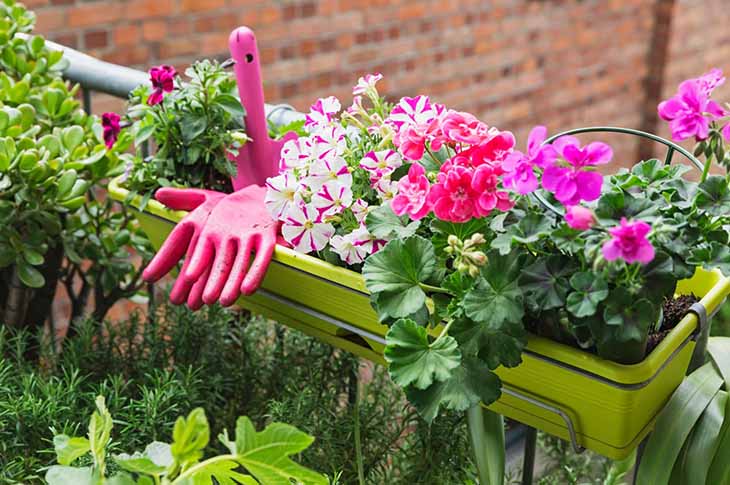
To keep your geraniums healthy and ensure they thrive year-round, follow these care tips:
- Sunlight: Originally from South Africa, geraniums thrive in sunny locations but can tolerate partial shade. They can handle high heat, but they will need to be watered regularly to prevent stress.
- Watering: Before watering, always check the soil moisture by sticking your finger into the soil. Water the plant only if the soil feels dry. Ensure the plant has enough time to absorb the water before watering again to avoid excess moisture.
- Repotting: To keep your geraniums healthy, repot them every two years into a slightly larger container. This gives the plant more space to grow.
- Drainage: Geraniums need well-drained soil. When planting in pots, place a layer of clay balls at the bottom to promote proper drainage and prevent waterlogging.
- Fertilizing: To encourage strong flowering, use a special geranium fertilizer. This will provide the necessary nutrients for vibrant blooms.
- Pest Protection: Protect your geraniums from pests such as green aphids, whiteflies, and thrips. These can damage the plant and reduce its ability to flower.
Pruning your geraniums not only makes them more vigorous but also helps promote abundant flowering. By following the proper timing and techniques, you can enjoy beautiful blooms and healthy plants that will brighten up your garden, balcony, or terrace throughout the season.
